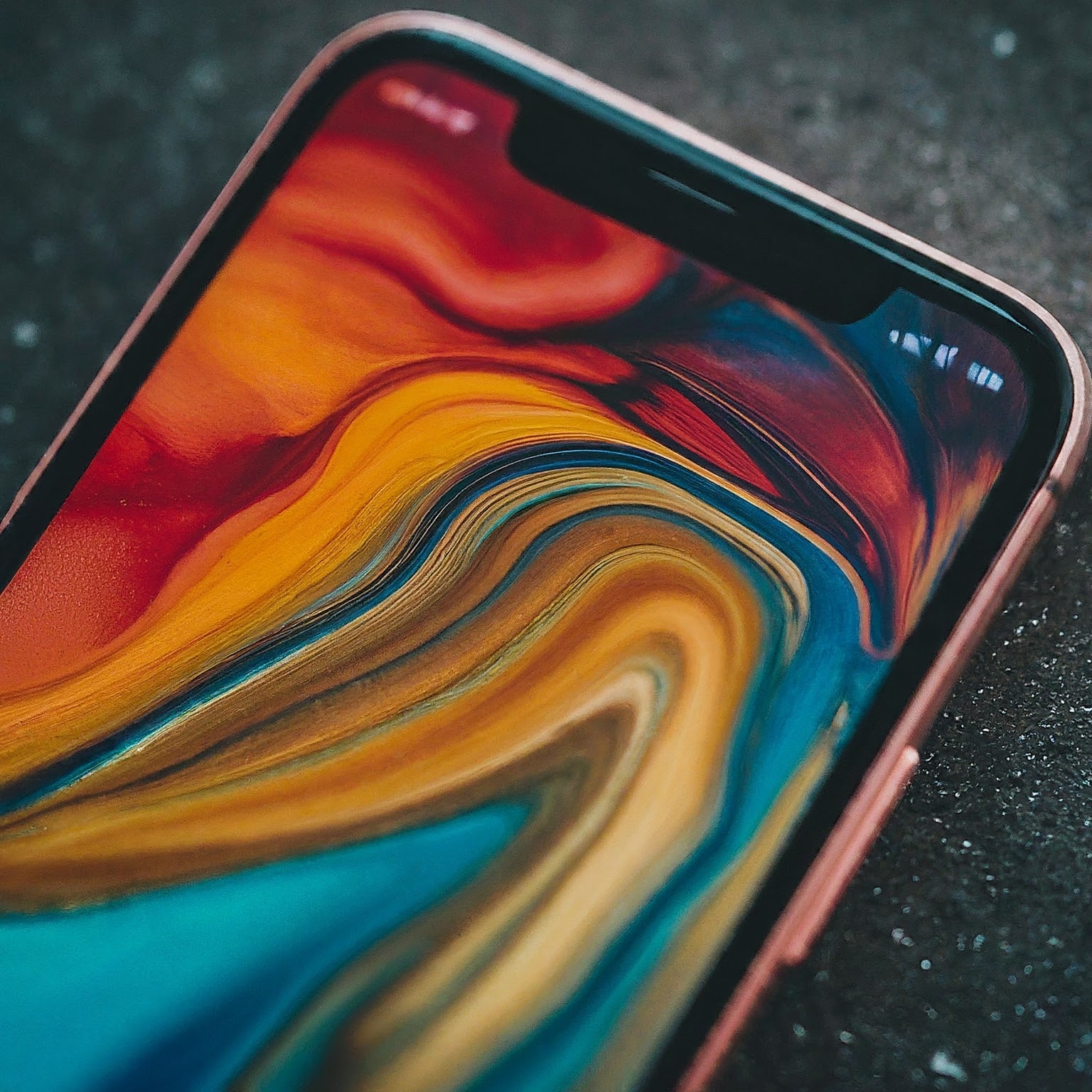In the digital age, where visual communication reigns supreme, capturing what’s on your iPhone screen has become an indispensable skill. Whether it’s saving a funny meme, sharing a conversation thread, or documenting an important piece of information, taking a screenshot on iPhone is a quick and convenient way to capture and share visual content.
This exclusive article will delve into the world of screenshots on iPhone, providing a comprehensive guide to mastering this essential skill. We’ll cover everything from the basic techniques to advanced editing and sharing options, empowering you to capture and utilize screenshots effectively on your iPhone.

The Basics: How to Take a Screenshot on iPhone
The process of taking a screenshot on iPhone is remarkably simple and varies slightly depending on your iPhone model. Let’s explore the two primary methods:
Method 1: For iPhone X and Later Models (Including iPhone 11, 12, 13, and 14 Series)
- Locate the content you want to capture on your screen.
- Simultaneously press and quickly release the Side button (located on the right side of your iPhone) and the Volume Up button (located on the left side of your iPhone).
- You’ll hear a shutter sound (if your sound is enabled) and see a brief flash on the screen, indicating that the screenshot has been captured.
- A thumbnail of the screenshot will appear in the bottom left corner of your screen. You can tap on it to edit or share the screenshot or swipe it left to dismiss it.
Method 2: For iPhone 8 and Earlier Models (Including iPhone 7 and SE)
- Locate the content you want to capture on your screen.
- Simultaneously press and quickly release the Home button (located on the front of your iPhone) and the Top (or Side) button (depending on your model).
- You’ll hear a shutter sound (if your sound is enabled) and see a brief flash on the screen, indicating that the screenshot has been captured.
- A thumbnail of the screenshot will appear in the bottom left corner of your screen. You can tap on it to edit or share the screenshot or swipe it left to dismiss it.
Advanced Screenshot Techniques
While the basic methods are sufficient for most screenshot needs, there are some advanced techniques that can further enhance your screenshotting experience:
Full-Page Screenshots
Sometimes, you may need to capture an entire webpage or document that extends beyond the visible screen. In such cases, you can take a full-page screenshot using the following steps:
- Take a regular screenshot using the methods mentioned above.
- Tap on the screenshot thumbnail that appears in the bottom left corner.
- Select the “Full Page” option at the top of the screen.
- You’ll see a preview of the entire webpage or document. You can crop or annotate the screenshot as needed before saving or sharing it.
Screenshots with AssistiveTouch
If you have difficulty pressing the physical buttons on your iPhone, you can use the AssistiveTouch feature to take screenshots. Here’s how:
- Go to Settings > Accessibility > Touch > AssistiveTouch.
- Turn on AssistiveTouch.
- A virtual button will appear on your screen. You can customize its position and actions.
- Tap on the AssistiveTouch button and select Device > More > Screenshot.
Editing and Sharing Screenshots
Once you’ve captured a screenshot, you can edit and share it using the built-in tools on your iPhone.
Editing Screenshots
- Tap on the screenshot thumbnail that appears in the bottom left corner.
- You’ll enter the screenshot editing mode, where you can use various tools to crop, annotate, and enhance your screenshot.
- Some of the available editing tools include:
- Crop: Trim the screenshot to focus on a specific area.
- Markup: Add text, shapes, arrows, or highlights to the screenshot.
- Magnifier: Zoom in on a specific part of the screenshot.
- Signature: Add your signature to the screenshot.
- Once you’re done editing, tap “Done” and choose to save the screenshot to your Photos library or delete it.
Sharing Screenshots
- Tap on the screenshot thumbnail that appears in the bottom left corner.
- Tap the Share button (the square with an arrow pointing upwards).
- Choose the app or method you want to use to share the screenshot, such as Messages, Mail, AirDrop, or social media platforms.
Troubleshooting Screenshot Issues
While taking screenshots on iPhone is generally a smooth process, you might encounter occasional issues. Here are some common problems and their solutions:
- Screenshot Not Working: If you’re unable to take a screenshot, ensure that your iPhone’s buttons are functioning correctly. You can also try restarting your device or resetting its settings.
- Screenshot Not Saving: If your screenshots are not saving to your Photos library, check your storage space and ensure that iCloud Photos is enabled (if you use it).
- Screenshot Thumbnail Not Appearing: If the screenshot thumbnail doesn’t appear after taking a screenshot, go to Settings > Accessibility > Touch and ensure that “Screenshot Preview” is enabled.
Conclusion
Mastering the art of screenshots on iPhone is a valuable skill that can enhance your digital communication and productivity. By understanding the basic techniques, exploring advanced features, and troubleshooting potential issues, you can capture and utilize screenshots effectively on your iPhone.
لا تعليق